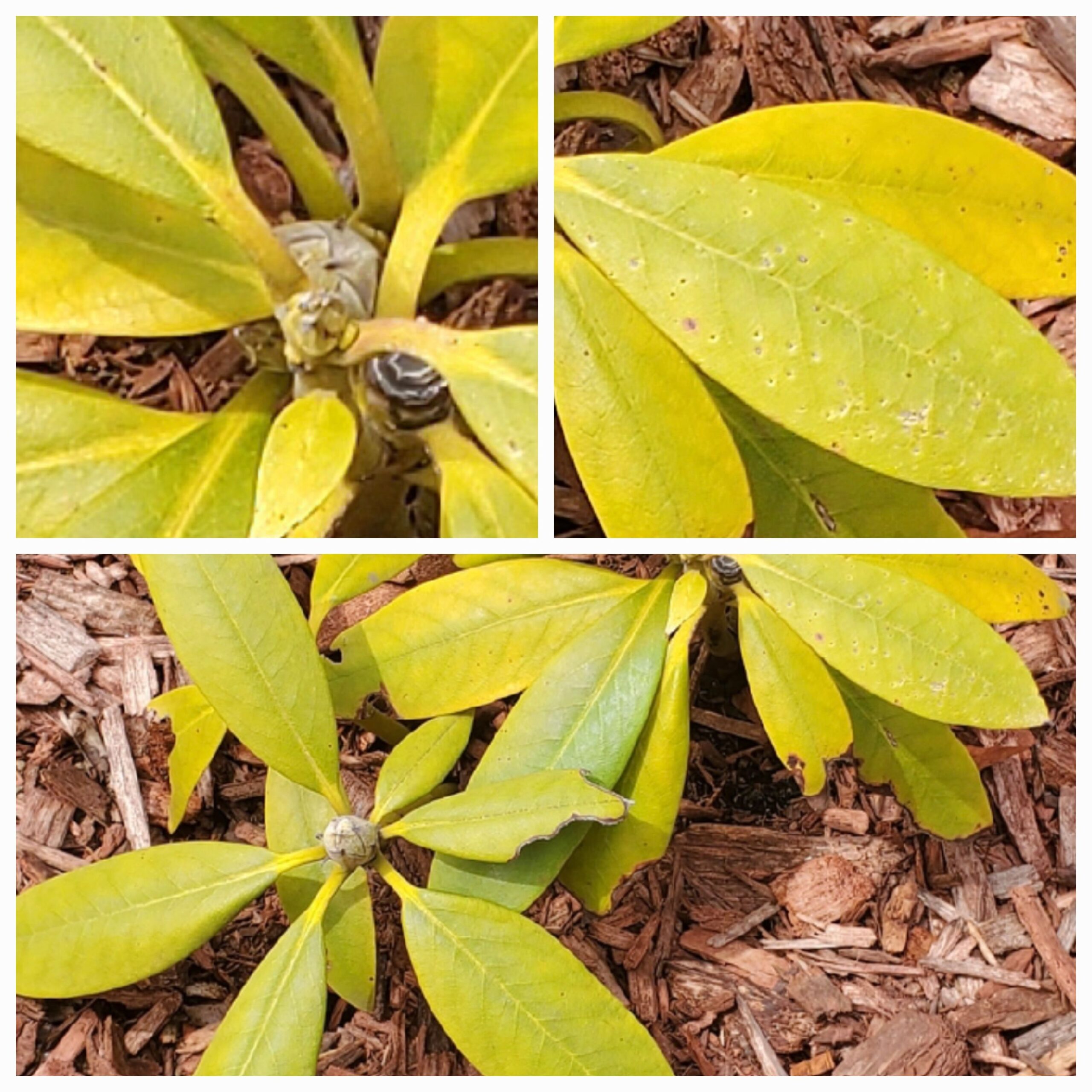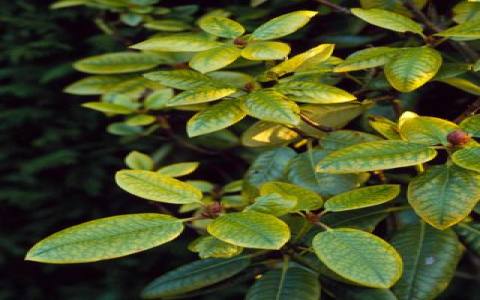OK, let me tell you about my little adventure with my rhododendrons. I’ve always loved these plants, they’re just so beautiful when they bloom. But a while back, I started noticing something off – the leaves were turning yellow. Not the whole leaf, mind you, just the bits between the veins. The veins themselves were still green, which was weird.
I’m no expert, but I know a thing or two about gardening, so I started digging around. Turns out, this kind of yellowing is a pretty common issue with rhododendrons and azaleas and some other plants. The main culprit? Soil pH. You see, these plants like their soil on the acidic side. If the soil isn’t acidic enough, they struggle to absorb certain nutrients, like iron. And when they can’t get enough iron, their leaves start to yellow.

Now, I live in an area with pretty neutral soil, so that was likely my problem. I found this stuff called Vitax Seaweed plus Sequestered Iron and another product, Vitax Azalea, Rhododendron and Shrub Fertiliser. I’m not sure how it works, but this stuff is supposed to help fix the yellowing by making it easier for the plants to absorb iron. They also mentioned that it helps with plants that are suffering from hard water, which we have a lot of in my area, so that’s a bonus. So I started using it as directed.
I also did a little research on diseases. Apparently, there are some fungal diseases that can affect azaleas and rhododendrons. For the azaleas, I found out you can use fungicide sprays with thiophanate-methyl or mancozeb. And for the rhododendrons, the advice was to use a product with a copper-based fungicide or chlorothalonil. Luckily, I didn’t see any signs of fungus, so I skipped this part, but it’s good to know, right?
Then there’s the whole watering thing. It’s like these plants are Goldilocks – they need the water to be just right. Too much, and the leaves turn yellow and wilt. Too little, and they get all droopy and dry. I’ve been trying to be more careful with my watering, making sure the soil is moist but not soggy.
- Checked the soil pH.
- Applied Vitax Seaweed plus Sequestered Iron.
- Applied Vitax Azalea, Rhododendron and Shrub Fertiliser.
- Adjusted my watering habits.
- Kept an eye out for any signs of fungal disease.
It’s been a few weeks now, and I’m happy to report that my rhododendrons are looking much better. The yellowing has stopped, and the new growth is looking healthy and green. I think I caught it early enough, thankfully. I’ll definitely keep using that Vitax stuff and being mindful of the watering. It’s a bit of a learning curve, but totally worth it to see these beauties thrive.
I am so happy that I could help my plant finally. You know, it is not so easy to find out what was wrong. So I’m glad I could fix this issue.




















